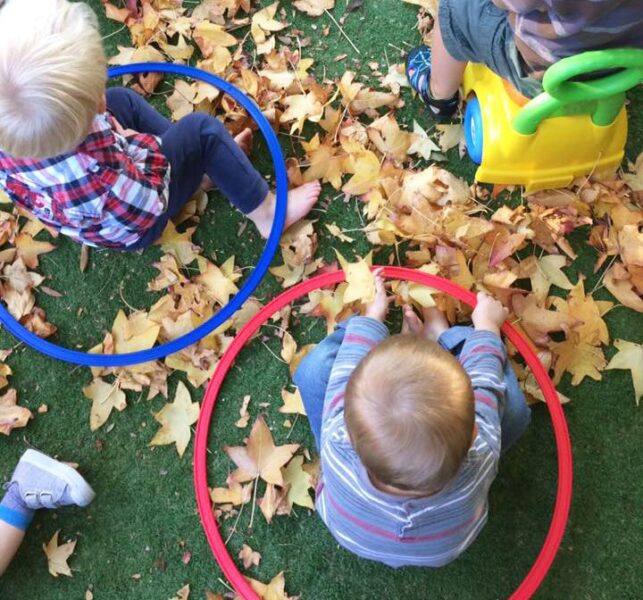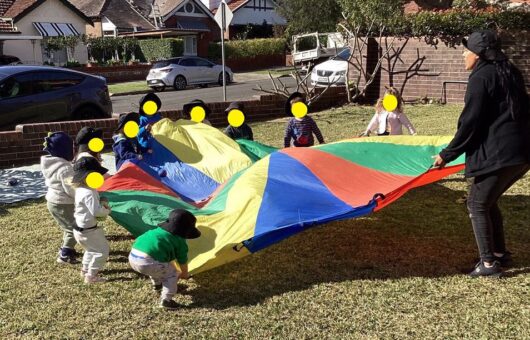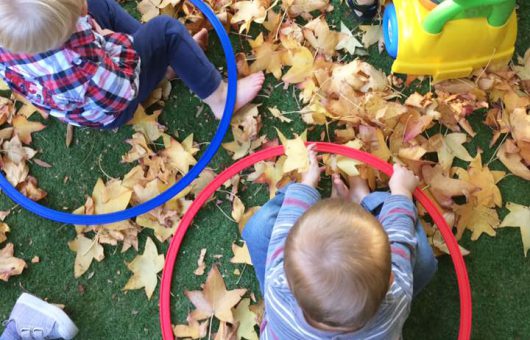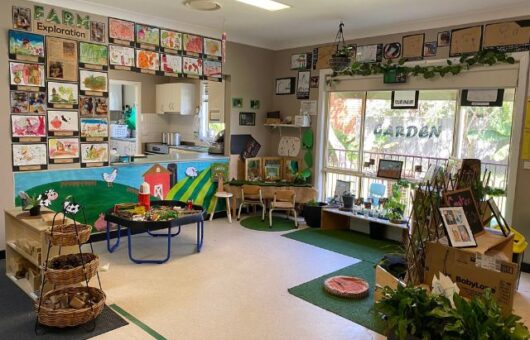Understanding the Circle of Security
Building Secure Attachment with Your Child
Parenting is a journey full of wonder, joy, and sometimes challenges. One of the most powerful ways to support your child’s emotional growth is through the Circle of Security, a research-backed approach designed to strengthen the bond between caregivers and children. At its heart, the Circle of Security helps children feel they belong, building secure attachment that supports emotional development.
Circle of Security can be utilised by parents and caregivers to help children feel safe, understood, and supported. It focuses on the natural balance between a child’s need for exploration and their need for emotional connection. When children know they can return to a secure base – a trusted caregiver – they develop confidence, resilience, and a strong sense of belonging. This is especially important in the Early Years Learning Framework, which emphasizes that children learn best when they feel supported and capable.
The Circle of Security focuses on two key roles for caregivers:
- Being a Secure Base: Allowing children to confidently explore and try new things.
- Offering a Safe Haven: Providing comfort and reassurance when children feel anxious, upset, or unsure.
What We Do at Learn and Laugh to Foster Secure Attachments
Circle of Security isn’t just theory – it’s practical. Everyday moments, like saying goodbye at drop-off, handling conflicts over toys, or celebrating small achievements, are opportunities to build secure attachment. By observing, reflecting, and responding thoughtfully, caregivers can make even ordinary routines emotionally meaningful.
At Learn and Laugh Children’s Centres, we intentionally use the Circle of Security approach to nurture secure attachments between educators and children.
How do we bring Circle of Security principles into practice?
- Being a Secure Base: Our educators provide a safe and predictable environment where children feel confident to explore and try new experiences.
- Offering a Safe Haven: When children feel upset or overwhelmed, educators respond with empathy and reassurance, helping them regulate emotions and feel understood.
- Recognising and Responding to Needs: We pay close attention to each child’s cues – helping them feel seen, valued, and heard.
- Supporting ‘Being’ and ‘Becoming’: We celebrate small achievements (being) and guide children to build skills, independence, and resilience (becoming), helping them grow into capable individuals.
- Encouraging Belonging: Activities and routines are designed to foster a sense of connection, community, and trust within the group. This help children feel part of the community.
- Educator Reflection and Growth: Our team reflects regularly on their practice, learning to respond consistently, nurture emotional security, and strengthen relationships with each child.
Examples of Circle of Security in Action
- Upset or Frustrated Children – If a toddler’s block tower falls or a puzzle doesn’t fit, a caregiver can notice their frustration and offer comfort first. For example, you might say, “I see you’re upset because your tower fell. I’m here with you. Let’s see if we can fix it together,” or, “It’s okay to feel frustrated. Do you want to try again, or should we try it together?” This helps the child feel supported while still encouraging problem-solving.
- Supporting Separation at Drop-Off – When a child cries as a parent leaves, caregivers can provide a predictable goodbye and reassure the child they are safe. You could say, “I know you’ll miss Mum/Dad, but I’m here and we’ll have a fun morning together. You can play with your friends, and they’ll be back soon,” or, “You’re safe here, and I’ll be right with you if you need me.” This helps the child feel secure and confident in the new environment.
- Helping Children Manage Big Emotions – If a child is angry, anxious, or scared, caregivers can offer a safe haven, label their emotions, and help them regulate feelings. For example, you might say, “I can see you’re feeling really angry right now. Let’s take a few deep breaths together,” or, “It’s okay to feel scared. I’m here and we’ll get through this together.” This approach helps children feel understood and supported.
Why It Matters
Children who feel secure in attachment are not just thriving in the moment – they are developing the confidence, resilience, and sense of belonging that will help them succeed throughout life.
By integrating the Circle of Security into daily care and learning, families and educators work together to help children grow into capable, confident, and emotionally resilient individuals.
Written by Samantha Cairns, Director Learn & Laugh Hornsby
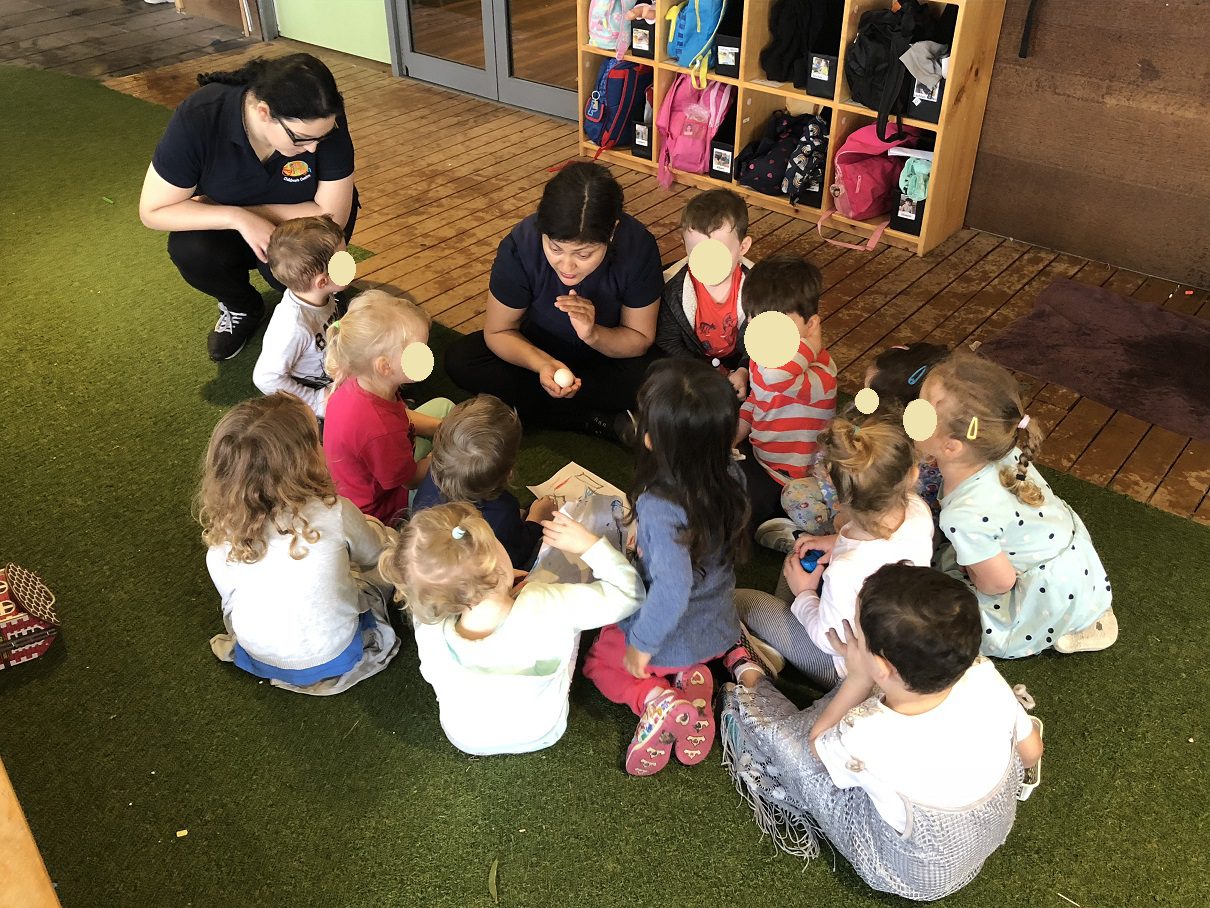
Learn and Laugh nurturing educators
